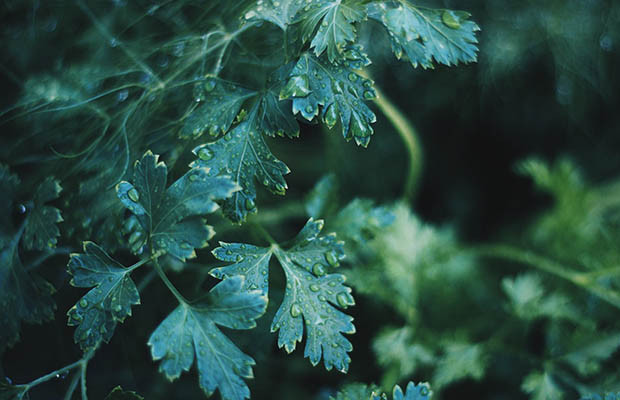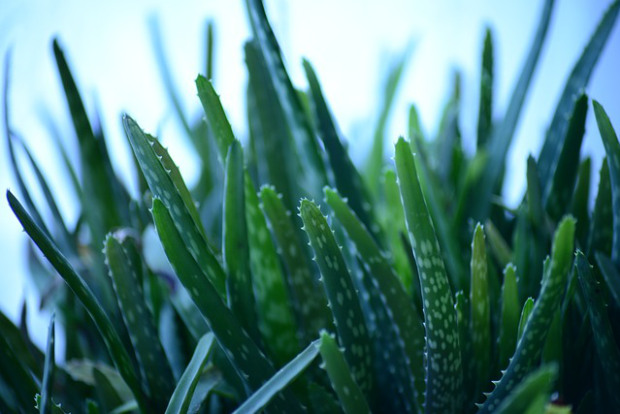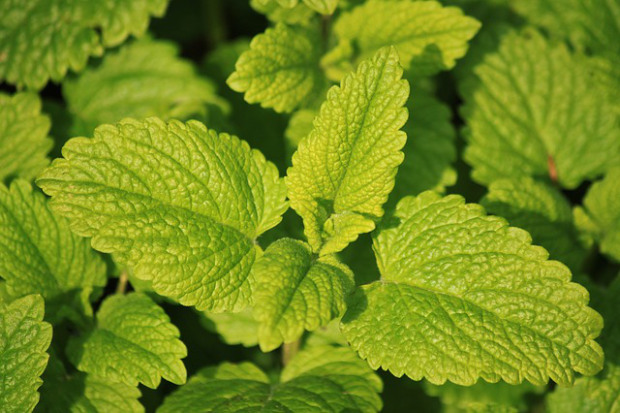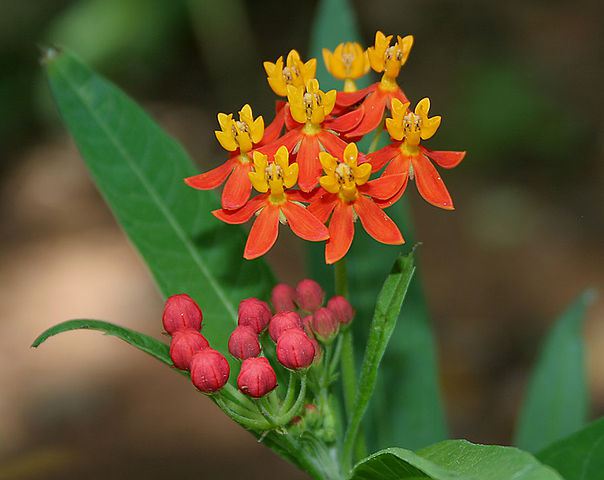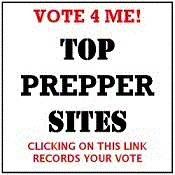Living below poverty level, has, in a sense, forced me to prepare for anything coming my way. Learning the value of plants has saved me more than once. The one thing I believe all preppers should know is the art of herbal medicine. Mother Nature has always been a tried and true way to heal what ails you. Native Americans did it, the Chinese do it, and every holistic doctor out there can tell you that Mother Earth has provided for her children like any good, nurturing mother. No matter where you’re located, you can always locate plants for cultivation. Plants found in your garden that you’ve probably thrown away as weeds, (I hate that word!) have amazing curative powers. Even if you live in an area that is densely populated, you can still find plants such as Purslane, Dock, Bindweed, Dandelion, Plantain, Chickweed and more. But the number one rule of herbal gardening and gathering is: KNOW YOUR WEED.
 1. Know Your Weed – Mother Nature can be tricky when it comes to identifying her bounty. For example, Purple Loose-strife, excellent for treating diarrhea associated with typhoid fever or dysentery, has a copycat called Rose-bay Willow. To rookie Rose rustlers (my word for plant foragers) the two plants are one and the same. This could be potentially dangerous, as each plant contains different properties. The best thing to do if you’re unsure is to bring a field guide with you for quick identification.
1. Know Your Weed – Mother Nature can be tricky when it comes to identifying her bounty. For example, Purple Loose-strife, excellent for treating diarrhea associated with typhoid fever or dysentery, has a copycat called Rose-bay Willow. To rookie Rose rustlers (my word for plant foragers) the two plants are one and the same. This could be potentially dangerous, as each plant contains different properties. The best thing to do if you’re unsure is to bring a field guide with you for quick identification.
2. Pick One Mile From Highways – For obvious reasons, lead levels being one of them. Also, you might want to keep a low profile and stay clear of areas that are out in the open.
There’s so many reasons why you should start learning how to forage for medicinal and edible plants, but the main thing, is to start NOW. You’re going to find that once you start, there’s no turning back. When I first started, foraging became my obsession. Every plant I saw I HAD to know whether it was edible, medicinal or both, and then how to use it. I learned something new every day. But during times of trouble, not only will you always have food and medicine; you also have healing knowledge to barter with. Think about it. With no way to go the pharmacy and pick up a prescription, people will be willing to give you everything you need for that knowledge.
Take those suffering with asthma, for instance. Without the use of inhalers, what will they do? They 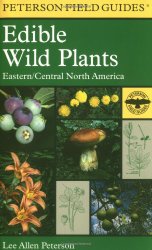 will come to you because you know of a plant called New England Aster that will ease that elephant sitting on their chest. People will hear through the grape-vine of your amazing healing knowledge and be willing to barter with you for medical help. Much like the olden days when you could trade fur pelts and even a good meal for medical care. But in order to have that knowledge, you must start now.
will come to you because you know of a plant called New England Aster that will ease that elephant sitting on their chest. People will hear through the grape-vine of your amazing healing knowledge and be willing to barter with you for medical help. Much like the olden days when you could trade fur pelts and even a good meal for medical care. But in order to have that knowledge, you must start now.
Let’s do a little recap of the benefits of plant foraging. Besides the ‘now’ factor, knowing where to look and what to look for is extremely important. You don’t want to poison yourself or others. Just remember that most plants have look-alike impostors.
Stay at least a mile away from highways to keep lead levels down and out of the sights of strangers.
Mother Nature’s pharmacy has literally hundreds of plants and herbs people can use for healing. In this section, I’d like to talk about six of them that everyone who is a prepper should know and be able to identify. The first is:
Aloe Vera- I think everyone should have this plant for its miraculous healing properties. Just break open one of its fleshy leaves and use the gel inside for pain relief and a soothing feeling. By extracting the gel of a large leaf into a glass of water you have yourself a mild laxative as well.
Dandelion- Not only are Dandelions delicious, its leaves full of beta-carotene and Vitamin C, this awesome herb also has bile stimulating properties which in turn enhances the body’s ability to get rid of toxins. This comes in handy if having trouble locating fresh; running water and your body is constantly bombarded with bacteria.
Lemon Balm- I highly suggest growing this aromatic plant. I was delighted with this plant this year which yielded a bounty of fragrant, lemon leaves if when used as a tea, can calm and sooth agitation and irritability. It can be used just before sleeping as it has a calming effect. Lemon Balm is also good for stomach ailments. Not good for pregnant women, though, as it will stimulate the uterus.
New England Aster- This beautiful, aromatic flower grows just about anywhere, but mainly in such places as abandoned lots and fields. It has a variety of amazing uses, especially for those suffering from asthma or COPD (Chronic obstructive pulmonary disease). New England Aster is primarily used as an expectorant, relieving cold induced coughs and expelling phlegm. Eating its fresh flowers produces a relaxing, sleepy feeling.
Blood Flower- Now here’s a handy plant for those of you eating poisonous berries or other plants you’re not sure about. Related to the milkweed, its milky sap can be used as an emetic. (It makes you puke). Not only that, but the sap can also be used to relieve the pain of stinging nettles and bug bites.
Catnip- Besides driving your cat crazy, medicinally, I think it will blow your mind. It relieves cold symptoms much like NyQuil, it can stop bleeding and swelling, and it’s also a fever breaker as it promotes sweating. Part of the mint family, this plant can relieve gastrointestinal problems, menstrual cramping, and migraine headaches.
Sage- My last pick for ‘must know’ plants is Sage. Most of you, when you think of Sage, thanksgiving stuffing comes to mind. But when it comes to super healing plants, this is my top pick. Sage is anti-fungal, anti-inflammatory, and anti-oxidant. Before the invention of the refrigerator, sage was used to preserve meat, perfect if you’re hunting for meat. Sage fights colds, aids in digestion, fights diarrhea, reduces inflammation and swelling, dries up phlegm, relieves cramps, can be used as a salve for cuts and bruises, kills bacteria, and it’s even said to bring the color back to graying hair.
I hope by now I’ve convinced you of the importance of knowing your plants in a world that could turn on us in an instant. The time to learn is now, and the benefits are invaluable. Next time you get an urge to pull a weed, why not look it up and be pleasantly surprised by what that weed can be used for.
If you found this article useful, please Vote for The Prepper Journal as a top prepper web site.
Copyright Information This information has been made available by The Prepper Journal. Content on this site (unless the work of a third-party) may be shared freely in digital form, in part or whole, for non-commercial use with a link back to this site crediting the author. All links in articles must remain intact as originally posted in order to be republished. If you would like to be notified of new articles, contests and Prepper news, please sign up for our daily newsletter.

